Gaon ("central") is one of two restaurants awarded three stars in the inaugural Michelin guide to Seoul for 2017. It has been at these premises since 2014, having moved here from a previous location that opened in 2004. The chef, Kim Byung Gin, has worked at the restaurant in its two iterations for fifteen years in all. The restaurant is owned by a company that specialise in crockery, and also sell a rice-based spirit. The crockery in the restaurant, some of it quite pretty, is supplied by the parent company. To access the restaurant from the street you descend a flight of stairs, go through a glass door and then encounter the entrance ahead of you to the right.
The restaurant has no dining room, but instead has five private rooms. There was only a tasting menu at KRW 220,000 (£155), but the restaurant was careful to check in advance for allergies and preferences. There was a wine pairing with four glasses with surprisingly small measures priced at KRW 130,000 (£92) per person, as well as a full wine list with hefty markups. Sample labels were Notre Dame de Cousignac 2012 at KRW 95,000 for a bottle that you can find in the high street for KRW 15,477, Louis Roederer Brut NV at €220,000 compared to its retail price of €49,246, and Marion Amarone 2011 at KRW 450,000 for a bottle that will set you back KRW 78,793 in a shop. In case you think you can get away with just ordering a beer, a bottle of Estrella costs an outrageous KRW 25,000 (£17.67), which may not be the most expensive in the world but must be a candidate for it - it is certainly the costliest I have ever encountered. An identical bottle costs currently £1.15 from Tesco in the UK, so here is being charged at over fifteen times shop price.
The meal began with a shot glass of watercress juice with apple, sugar and lemon. This was harmless enough but was essentially a herby fruit juice, so I have no idea how to score it. Next was a little plate of nibbles: a tomato marinated in plum wine, grilled octopus, spring greens and a beef roll. The tomato had reasonable flavour, the greens came with sour pickled plums and were decent, the octopus came with a spicy soy but was sadly chewy, though the beef roll was enjoyable (overall 13/20).
Jerusalem artichoke porridge was essentially a soup and was harmless enough, but rather bland. I sometimes make Jerusalem artichoke soup at home, and frankly it is a lot better than this (which I can score maybe 11/20 if I am kind). Snow crab was the first proper course, served with pear strips and orange and a pine nut dressing. The crab tasted fresh and clean tasting, and the fruit's natural acidity nicely balanced the shellfish (14/20). Abalone came with its own liver, a seaweed and soy sauce (using 11 year old soy) and had good flavour, the flesh not chewy but not perfectly tender either (still just about 14/20).
Sea perch came with yuzu and ginger sauce and kumquat. The fish had reasonable flavour and was properly cooked, the yuzu not too sharp and the ginger pleasant, though the kumquat was wildly sour (14/20 if I am generous). Kim chi is the Korean national dish, essentially fermented cabbage. Here it was given a course to itself, served on ice in tapioca and contained within a cylinder of carved pear. This was fine, the pickling juices not overly strong (13/20). Regular kim chi also was served on the side of the next dish, grilled Korean beef. This was good quality meat, lightly cooked, and came with a few pickles, one of which had a nice spicy chilli kick (15/20). As is traditional in this part of the world, the meal concluded with rice, in this case with spring greens, wild chives and a further army of pickles.
For dessert, panna cotta with ginger had good texture and a pleasant hint of ginger (14/20). This was better than dry honey cake with nowhere near enough honey, though sweet rice was pleasant (12/20). Our waitress spoke good English and was charming. The bill came to KGW 762,000 for two, so £269 each with the standard wine pairing plus the entertainingly priced beer. If you shared one of the cheaper wines from the list and avoided the hair-raising mistake of ordering a beer then you could get away with a bill of about £195 (incidentally Korea, like Japan, is a no-tipping culture).
Considering the food itself, the cooking was competent and the dishes simple and generally quite appealing. However the price for this was ludicrous. There were no exotic ingredients here or time-consuming sauces or technically challenging desserts as you would find in, say, a French three star. This was a meal of a few grilled dishes and pickles, served in a smart setting by a nice waitress, yet the prices here are up there with a top Paris restaurant. Hence on a value for money basis it is a non-starter. It compares well with other Korean food that I have eaten in the U.K., USA and Japan on food alone, but the pricing is impossible to justify. As for Michelin, who in their wisdom gave this three stars - what were they thinking? I flew here almost immediately after eating in several two star places in France. If I pick the worst dish of any of these recent meals it would still wipe the floor with the best dish of this meal. If Michelin is wondering why they are losing influence these days, it is indefensible decisions like this, which in my view cast serious doubts on the credibility of their brand.




















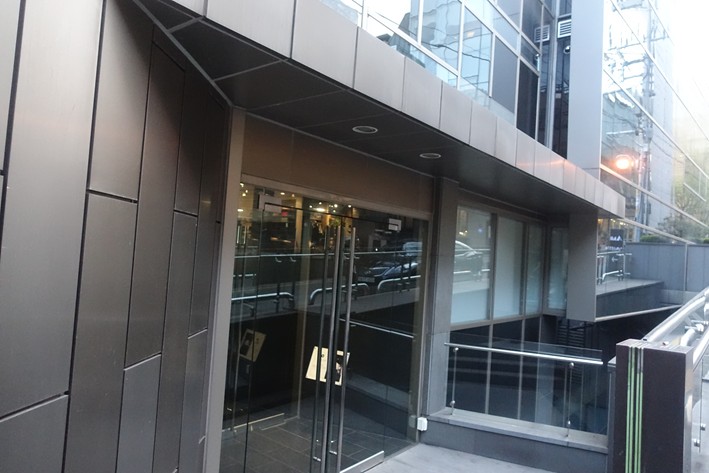

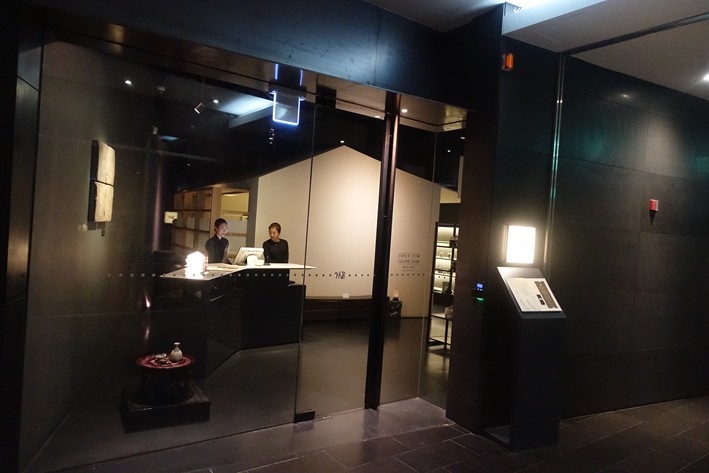
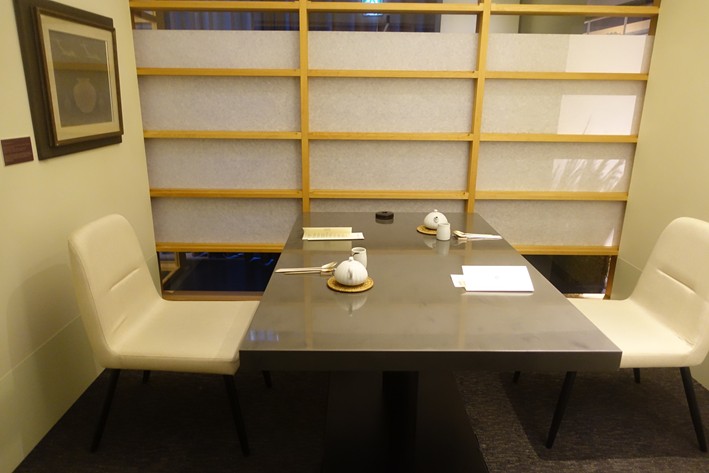
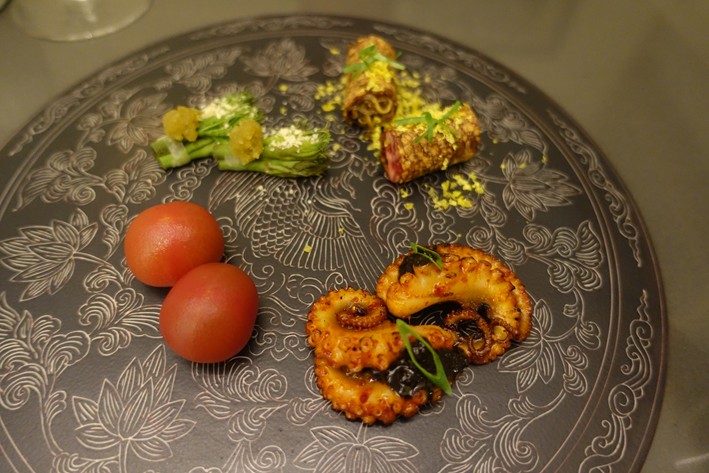
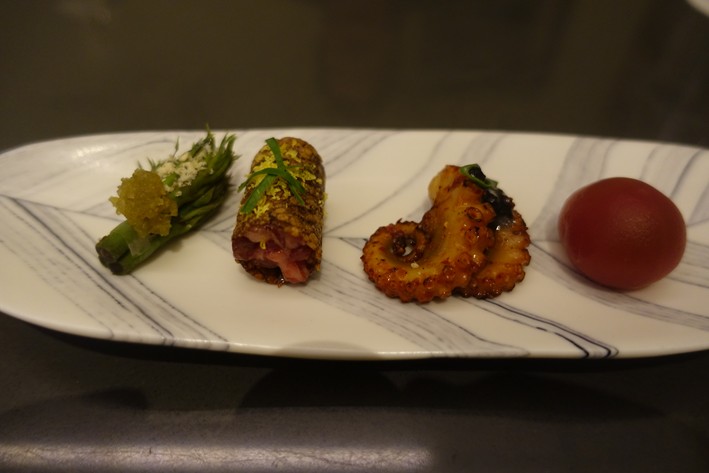
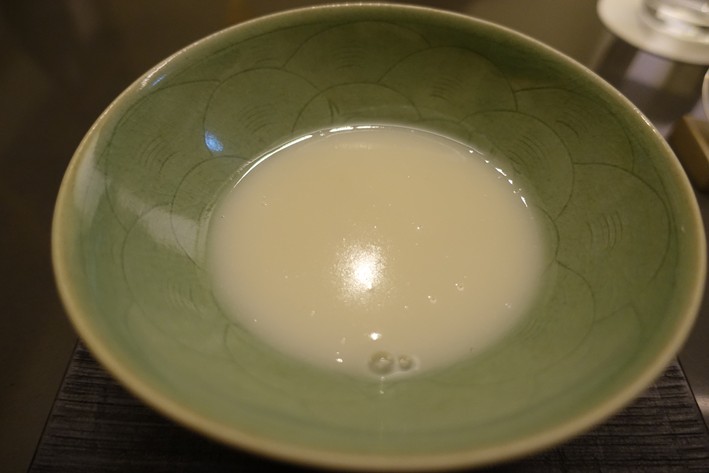
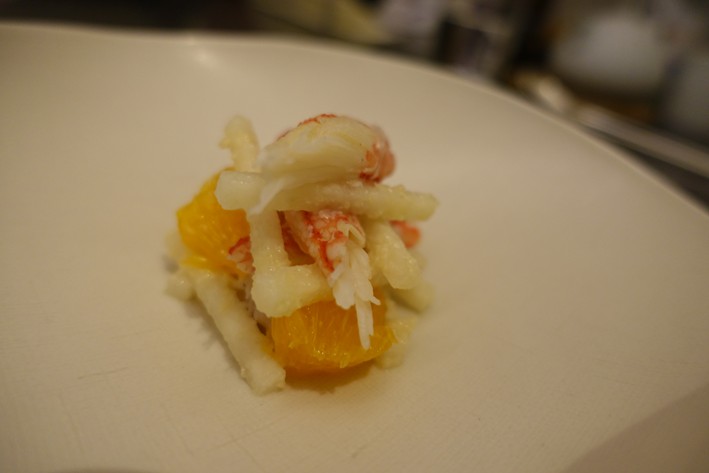
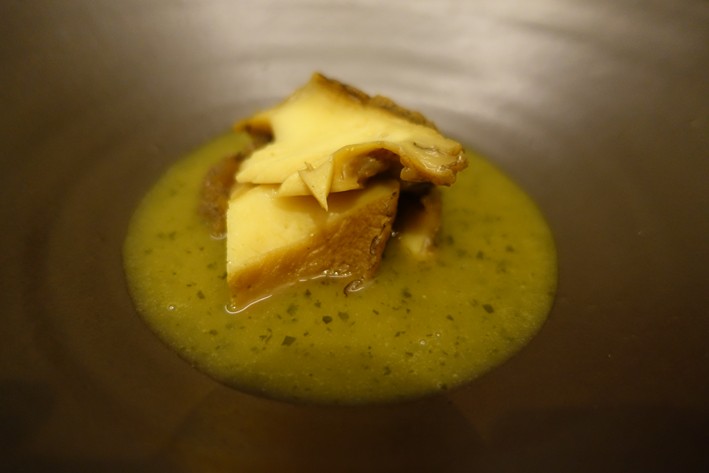

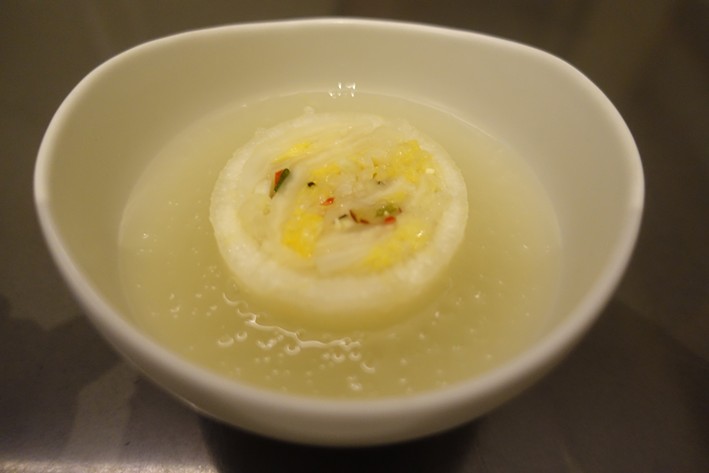
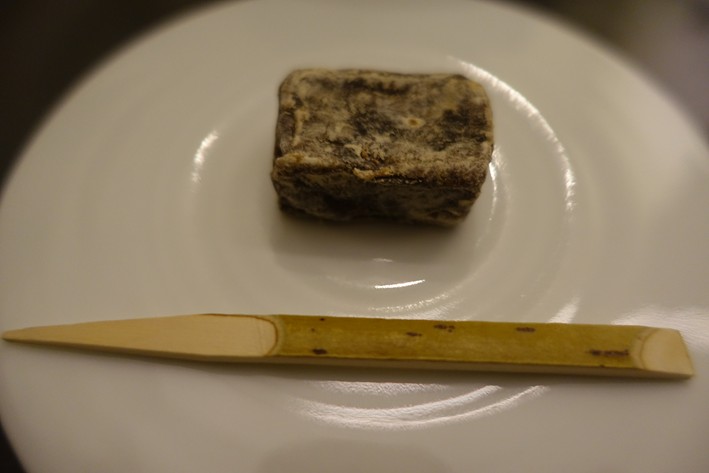
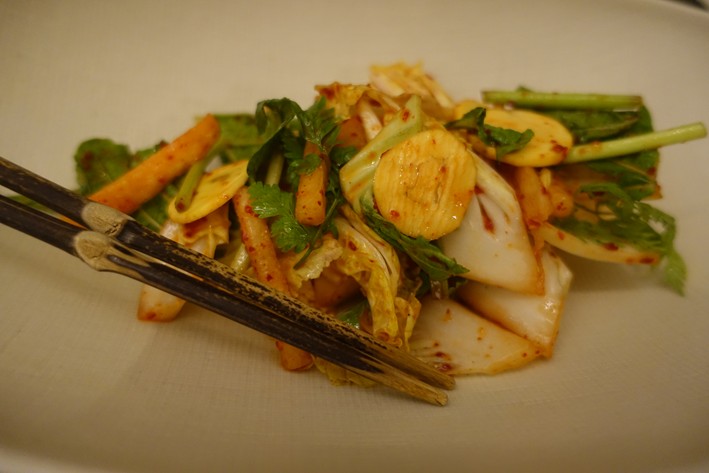
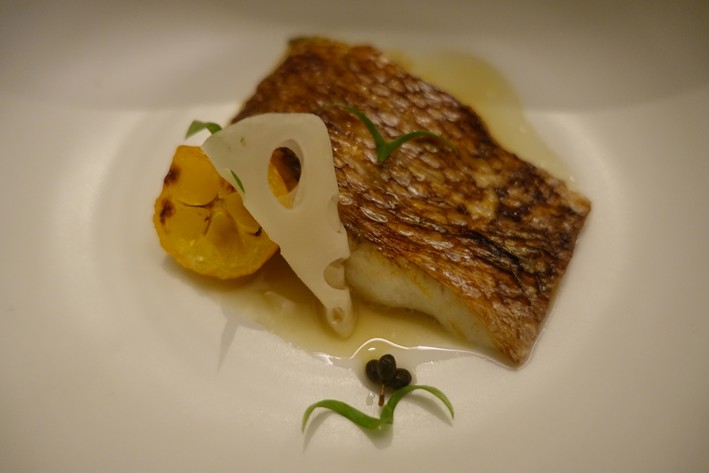
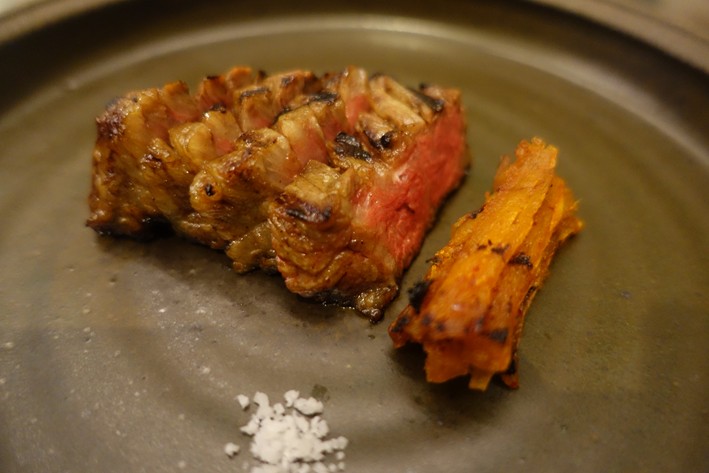
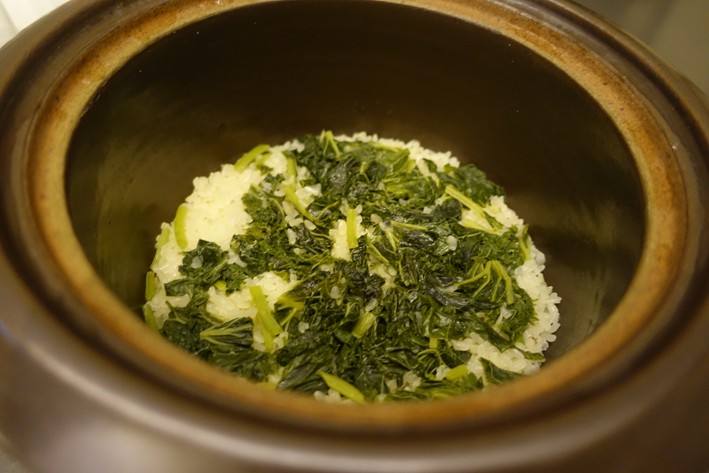
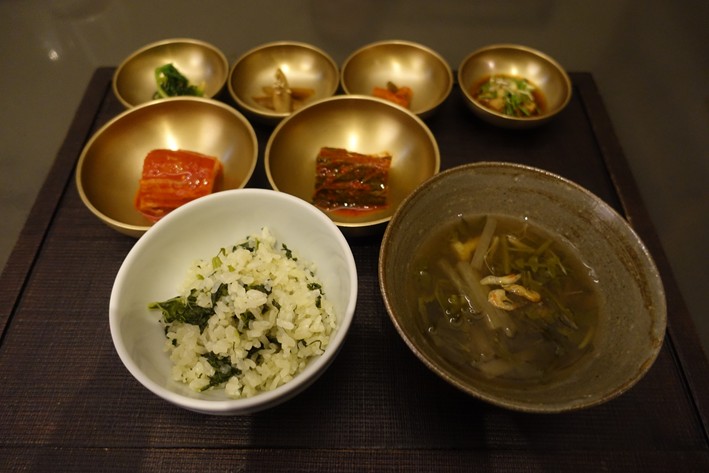

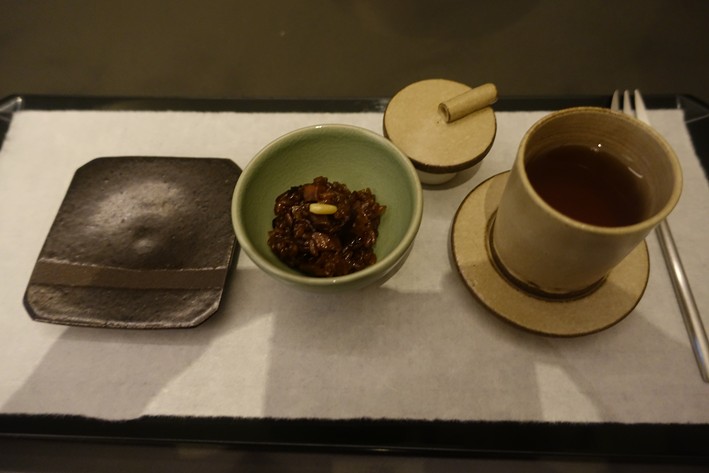

Barmann
I couldnt agree with this review more. We told them that we do not eat shellfish and yet they kept bringing more courses of shellfish. They then wanted to charge us for what we didnt eat. Besides that we found the food soooo bland and unimaginative. Just because they serve you in a private room does not mean that they deserve michelin stars...very dissapointed with this star system
Mike
After having lived in Seoul for 6 months, my experience is that you can get fairly decent food in Seoul at reasonable prices (although the origin and the quality of ingredients is often questionable). The high-end restaurants serve more of less the same dishes in a much more sophisticated environment, and most locals know and accept that. The fine-dine culture is virtually non-existent (yet) in Korea.
Ewan
Very interesting reviews of the two Korean cuisine three stars. I love Korean food but I've always considered it quite casual - where I live they're generally cheap and cheerful, often all-you-can-eat, and it's about grilling meat and having some beers with friends. To see that the quality in the ultra high-end places isn't much better is amazing to me. I mean, in Japan you can have a casual meal with drinks and coworkers at an izakaya but their fine dining is something else entirely. Here it's beef and pickles getting 15/20 - contrast to the best wagyu. Or the rice and pickles course - you've written about some of the kaiseki ones that either take huge care over the rice and/or work in a few extra ingredients. That just doesn't seem to have happened in Seoul, so other than the price tag, where is the justification for three stars? Is the Seoul guide a joint venture with local authorities, like the Singapore and Bangkok ones? I can't consider them objective when that happens.